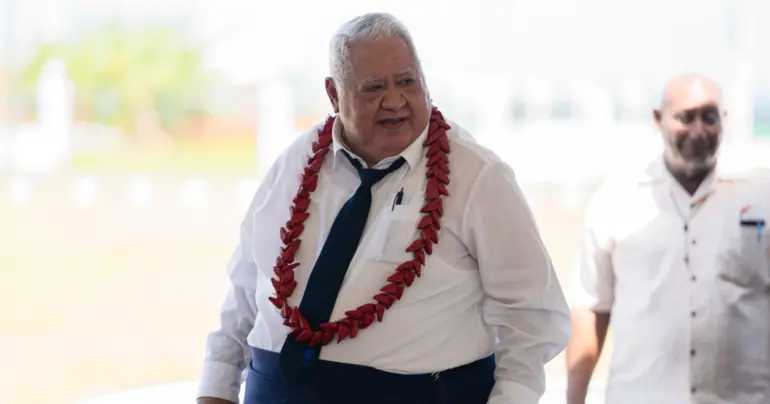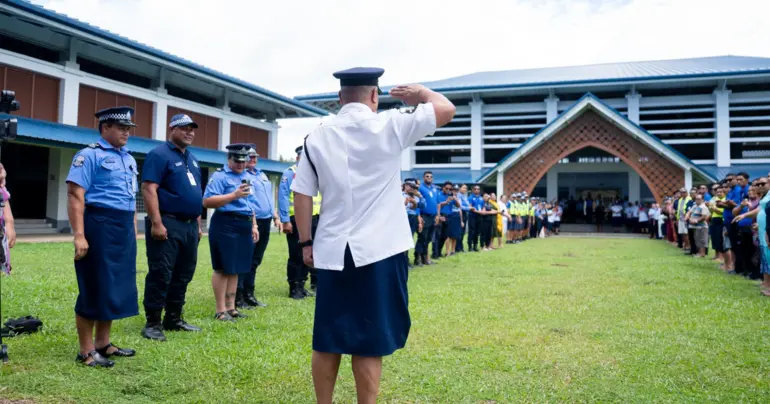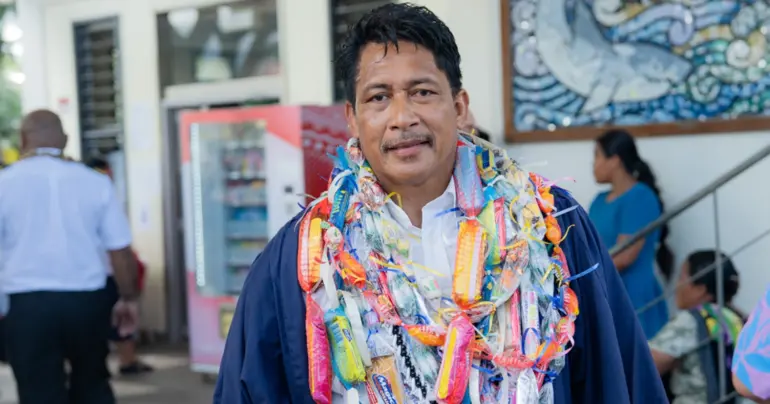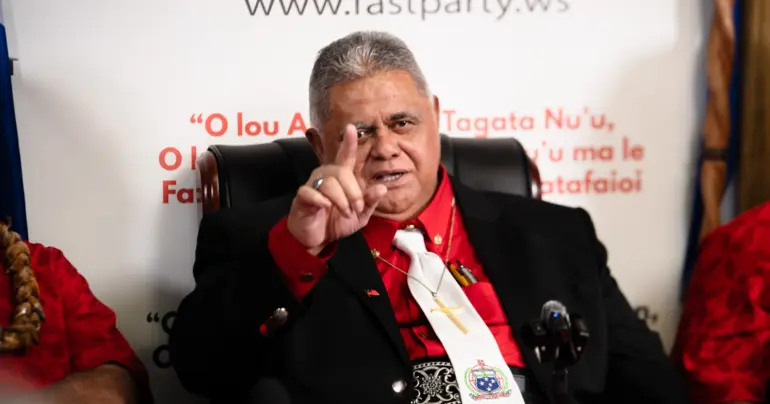Telescope grants 'quantum leap' for Samoan astronomy
Ten telescopes gifted to film-maker and author Galumalemana Steven Percival will help reconnect stargazers young and old to a knowledge of the heavens that first led to Samoa being called the "navigator islands".
The tools that aid study of the universe are "a quantum leap” for the newly-formed F.E.T.U. Samoa Astronomical Society, Galumalemana said.
F.E.T.U., which despite appearances is not an acronym, was started by Galumalemana when he began learning the art of astrophotography from a friend and experienced photographer of the stars. (Galumalemana operates the Tiapapata Art Centre).
A neighbour gifted him a telescope and told him of an International Astronomical Union contest that awarded countries that lacked provisions with telescopes.
Galumalemana won the telescope International Astronomical Union essay contest. His was one of 225 applications from 54 countries.
The 12 winners were from Afghanistan, Botswana, Brazil, Ghana, India, Iraq, Jordan, Malaysia, Mauritius, Poland, East Timor and Samoa.
The telescopes are signed by astronauts and scientists and Nobel Prize winners.
That gave Galumalemana two telescopes to work with. But in another stroke of luck, another friend in New Zealand contacted him and offered eight more telescopes.
“A friend in New Zealand who is interested in stars contacted me out of the blue, saying that a friend had just dropped off eight telescopes. He sent them to me all packed up… when we had the supermoon eclipse I was posting astrophotography on my Facebook page and my neighbour came over with a telescope and so they gave it to me. That is the telescope that is up there at Tiapapata now,” he said.
“So from zero knowledge or interest to a quantum leap where we will soon have not one or two – we will have 10 telescopes so this really bodes well for the idea of attracting new interest and learning about the stars, their positions, their names, the constellations, the planets. While we can use the naked eye looking through a telescope adds so much more. I know I am excited and a lot of people are excited.”
Samoans online have taken a keen interest in his astrophotography, said Galumalemana. With 10 telescopes at his disposal, the possibilities are “unlimited,” he said.
The Centre for Samoa Studies at the National University of Samoa has also taken an interest in the work of F.E.T.U. Samoa. They have begun discussing possible courses on Samoan astronomy.
“What’s really exciting is that I have already opened a conversation with the university and so the university has the Centre for Samoan Studies. I believe that everything Samoan, all the knowledge systems that existed before European contact, the traditional and ecological knowledge, the knowledge we have concerning the environment, the stars, the cosmos, all of that should be really well recorded and documented into the future,” Galumalemana said.
“The idea of engaging the Centre for Samoan Studies is to look at it through our knowledge of the stars,” he said.
When Europeans first came across the Samoan people they were so impressed with our seafaring skills, they referred to our islands as the Navigator Islands. So stars are one of the principal tools used to guide navigators through the Pacific ocean thousands and thousands of kilometres and miles to the direction of a pinpoint in a vast ocean.
“That kind of skill did not exist anywhere else in the world,” he said.
“It was French explorer Louis-Antoine de Bougainville [who] admired the dexterity of the Samoans as they manoeuvred their canoes around French ships.”
Other societies developed compasses but Samoans used the stars, the wind, the ocean, the clouds, the birds “they had all this knowledge on how to navigate …and they discovered many islands and countries,” said Galumalemana.
“That is that kind of approach that I want to take with the university. There is nothing not even in the sciences. There is an opportunity here. It has a lot of potential and I am really excited with the positive responses I am getting,” he said.
“I hope to be able to bring elderly fishermen to capture the knowledge they have about the stars. Many stars and planets all have Samoan names. One of the most well-known is Tapuitea, the evening star, the morning star or the planet Venus. Not only do the stars have Samoan names they also are related to legends and stories of significance that refer to culture.”
It is his hope that course material developed from traditional knowledge and the course on Samoan astronomy will be imparted to students so they can learn by themselves.
At some point in the future, Galumalemana envisions the Centre for Samoan Studies teaching astronomy and implementing the knowledge into navigation instruction using the Gaualofa.
He also hopes that as other countries develop their telescope technology, old powerful telescopes can be passed along to Samoa.
“My vision is a full telescope, a really big powerful telescope that has a dome and a revolving door and system that allows us to follow the stars and the movement of the Milky Way. I am hoping that Hawai’i can pass over a telescope to Samoa,” said Galumalemana.
The public can expect future announcements on astronomical events from F.E.T.U. Samoa.
“I have a two tier strategy. One, for the community we will open up to the public when there is an astronomical event so they can join at a certain time and we will be viewing star showers,” Galumalemana said.
“Fetu, the stars make up most of the universe. I am calling this F.E.T.U. Samoa Astronomical Society. It is not an acronym but I am giving the suggestion that is an acronym.”
For too long, Samoan children have been deprived of the opportunity to learn more about the universe, he said.
In addition to winning a telescope from the International Astronomical Union, Galumalemana also receives a camera that will allow him to photograph the stars, a magnified view of the stars provided by the telescope.
Also, has been asked to serve as Samoa’s National Outreach Coordinator for the union, to coordinate travel to meetings and conferences every six months.
“Telescopes can magnify the universe. I think it’s a very powerful way of connecting us to creation and the more we can see outside of ourselves the more deeply we can look within ourselves. There is a kind of relationship between humans and the world around us that is important for our development as a species. Children here have been deprived of this kind of experience,” said Gaumalemana.
“I hope I can get children and young adults excited about the stars and the heavens above them…I am hoping for an observatory and I hope to form a charitable trust.”
The nine telescopes and camera are en route to Samoa.











